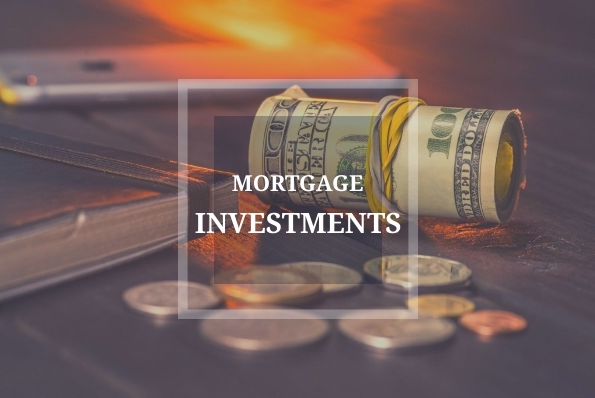
Mortgage investment can be a confusing and complex subject with a lot of technical terminology and levels. As alternative investments, mortgage investments aren’t something that’s conventionally understood in the investment sphere. Generally, these types of investments are for those looking to invest in something other than stocks and bonds. Sophisticated investors tend to look elsewhere for a place to invest with potentially higher returns. Mortgage investments, for many, can be that alternative. The trick to mortgage investment, like any investment, is understanding the risks associated with each type.
With mortgages and mortgage investment, there are different levels for you to invest in. Each level grows in subsequent risk but also in potential reward. Essentially, a first mortgage is the primary mortgage a borrower will secure for a property purchase. A second mortgage is a subsequent loan after a first mortgage has been procured, and they typically utilize the equity of your home as collateral against the loan. Second mortgages also have a higher loan-to-value (LTV) ratio than first mortgages, which generally have an LTV ratio of 75% or lower. Second mortgages can have LTV ratios between 75-85%. Common reasons for people to take out a second mortgage on their home are for renovations, debt consolidation, or even education expenses. Typically, a second mortgage will have a higher interest rate than the first mortgage, although it often still has a lower interest rate in comparison to credit cards or a line of credit.
As we said before, when you invest in a first or second mortgage, there are risks but also reward. With a first mortgage, should the borrower default, these lenders are the first to be paid back after the taxes. Due to this, there’s a smaller risk of losing money when investing in first mortgages because it’s more likely you’ll be paid out in the event of a foreclosure. When it comes to second mortgages, naturally, you’ll be second in line. Should a borrower default on a loan and not enough money is made from the sale of the home or property to cover all outstanding loans, you may not get your full investment back once the taxes and first mortgage are paid off. That’s why a second mortgage carries a greater risk. But, as previously mentioned, there’s also a chance for a higher return on your mortgage investment due to the higher interest rates placed on a second mortgage.
When it comes to mortgage investment, you invest in what’s called a mortgage pool. Within this pool, there are multiple accounts or mortgages. And by investing in numerous loans with a mortgage pool, the risks associated with investing in one property are lessened. It’s also important to know what kinds of mortgages make up the pool. For instance, if there are more second mortgages, the risks are, of course, higher, but the potential for reward is also higher. As with any form of investing, mortgage investment requires an investor who understands their own risk tolerance level.
Mortgage investment is a sophisticated investment type for those who are tired of conventional investment strategies. But before you invest, make sure you understand your own personal risk tolerance level first. At Cooper Pacific, we’re here to help you better understand the world of mortgage investment and where you can fit into this alternative investment world. Get in touch today with Jordan on our team to discuss your goals and what strategies will fit your comfort level.